- Over 1 million successful rentals
Car Hire Philippines
Save time and money. We compare the offers of car rental companies in Philippines on your behalf.
- Free cancellation Up to 48 hours prior to the scheduled pick up time
- Best price guarantee Have you found a better price? Let us know and we will make you a better offer.
- 24000+ pick-up locations Locations around the world
Compare Car Hire
Carrentals.co.uk offers simple and straightforward car hire comparison services. We don't add a penny to your quotes!
Car rental offers in Philippines
Whether you're looking for a small rental car or a station wagon for the entire family, we will always have a suitable vehicle for the lowest price. Below are some examples from our selection in Philippines.
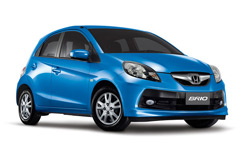
-
Alamo From£ 25 /day -
Enterprise From£ 25 /day -
National Car Rental From£ 36 /day
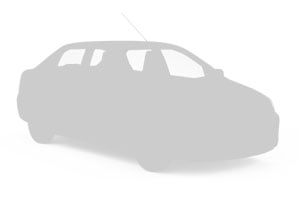
-
Hertz From£ 27 /day

-
Hertz From£ 31 /day
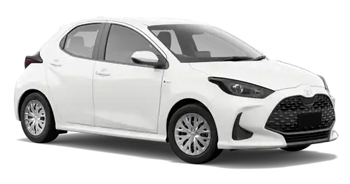
-
Budget From£ 28 /day

-
Alamo From£ 33 /day -
Enterprise From£ 34 /day -
National Car Rental From£ 43 /day
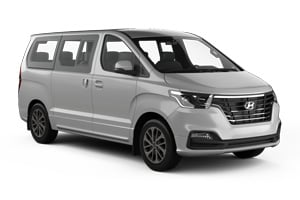
-
Alamo From£ 71 /day -
Enterprise From£ 79 /day

-
Alamo From£ 76 /day -
Enterprise From£ 83 /day
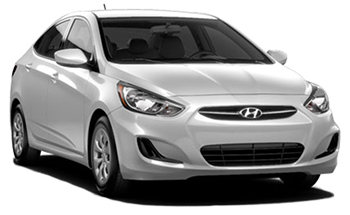
-
Alamo From£ 17 /day -
Enterprise From£ 18 /day -
National Car Rental From£ 18 /day

-
National Car Rental From£ 21 /day -
Enterprise From£ 26 /day -
Alamo From£ 27 /day
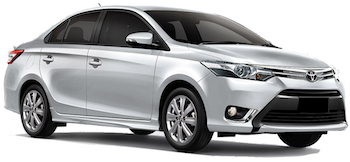
-
Europcar From£ 25 /day -
Budget From£ 29 /day

-
Europcar From£ 30 /day
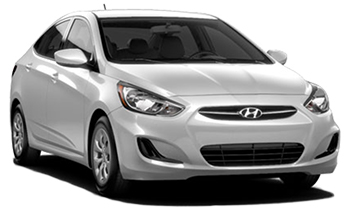
-
Alamo From£ 18 /day -
Enterprise From£ 19 /day

-
Alamo From£ 24 /day -
Enterprise From£ 24 /day
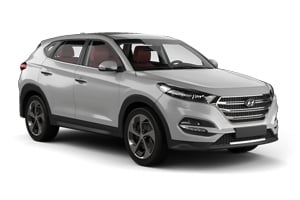
-
National Car Rental From£ 28 /day -
Alamo From£ 37 /day -
Enterprise From£ 42 /day
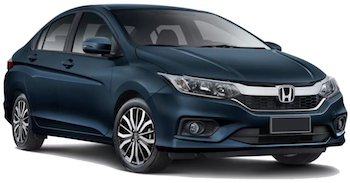
-
Hertz From£ 33 /day

-
National Car Rental From£ 36 /day -
Alamo From£ 46 /day -
Enterprise From£ 50 /day

-
Avis From£ 33 /day

-
Hertz From£ 37 /day
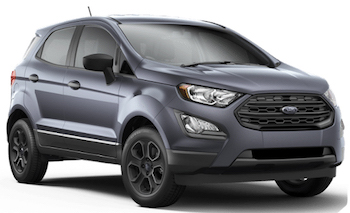
-
Alamo From£ 36 /day -
Enterprise From£ 42 /day -
National Car Rental From£ 119 /day

-
Avis From£ 41 /day
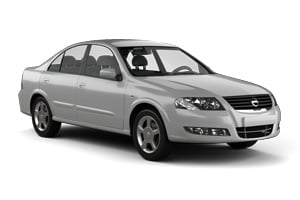
-
Alamo From£ 27 /day -
Enterprise From£ 29 /day -
National Car Rental From£ 31 /day

-
Alamo From£ 33 /day -
Enterprise From£ 34 /day -
National Car Rental From£ 37 /day

-
Alamo From£ 39 /day -
Enterprise From£ 45 /day
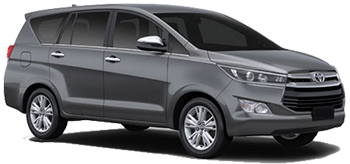
-
Hertz From£ 41 /day -
Europcar From£ 43 /day

-
Europcar From£ 42 /day -
Hertz From£ 44 /day
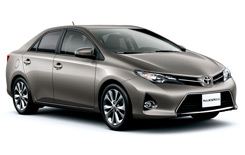
-
Avis From£ 43 /day

-
Alamo From£ 48 /day -
Enterprise From£ 50 /day

-
Avis From£ 51 /day
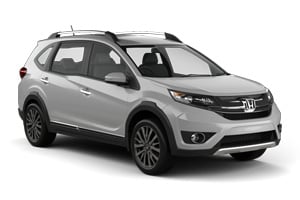
-
Hertz From£ 51 /day
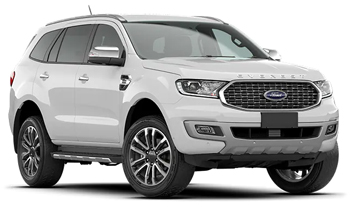
-
Budget From£ 67 /day
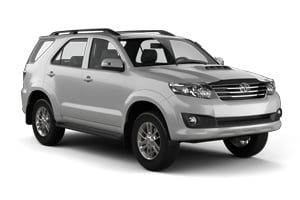
-
Budget From£ 77 /day

-
Enterprise From£ 172 /day

-
Enterprise From£ 162 /day
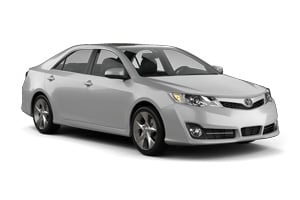
-
Alamo From£ 37 /day -
Enterprise From£ 45 /day -
National Car Rental From£ 164 /day

-
Alamo From£ 38 /day -
Enterprise From£ 38 /day -
National Car Rental From£ 173 /day

-
Budget From£ 49 /day
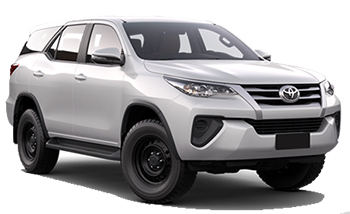
-
Hertz From£ 51 /day -
Europcar From£ 81 /day

-
Hertz From£ 54 /day -
Europcar From£ 85 /day

-
Enterprise From£ 162 /day

-
Enterprise From£ 169 /day

-
Alamo From£ 71 /day -
Enterprise From£ 79 /day

-
Alamo From£ 76 /day -
Enterprise From£ 83 /day

-
National Car Rental From£ 28 /day -
Alamo From£ 37 /day -
Enterprise From£ 42 /day

-
National Car Rental From£ 36 /day -
Alamo From£ 46 /day -
Enterprise From£ 50 /day

-
Hertz From£ 51 /day -
Budget From£ 77 /day -
Europcar From£ 81 /day

-
Hertz From£ 51 /day

-
Hertz From£ 54 /day -
Europcar From£ 85 /day

-
Hertz From£ 55 /day

-
Budget From£ 67 /day

-
Enterprise From£ 162 /day

-
Enterprise From£ 169 /day

When to book a rental car in Philippines
Philippines - When is the most affordable time to rent a mini class car?
At this destination (Philippines), April is the most affordable time to rent a mini class car with an average daily rate of
Philippines - When is the most affordable time to rent a economy class car?
At this destination (Philippines), October is the most affordable time to rent a economy class car with an average daily rate of
Philippines - When is the most affordable time to rent a compact class car?
At this destination (Philippines), August is the most affordable time to rent a compact class car with an average daily rate of
Philippines - When is the most affordable time to rent an intermediate class car?
At this destination (Philippines), June is the most affordable time to rent a intermediate class car with an average daily rate of
Philippines - When is the most affordable time to rent a standard class car?
At this destination (Philippines), July is the most affordable time to rent a standard class car with an average daily rate of
Philippines - When is the most affordable time to rent a full-size car?
At this destination (Philippines), August is the most affordable time to rent a full-size class car with an average daily rate of
Philippines - When is the most affordable time to rent a luxury car?
At this destination (Philippines), August is the most affordable time to rent a luxury class car with an average daily rate of
Philippines - When is the most affordable time to rent a SUV?
At this destination (Philippines), July is the most affordable time to rent an SUV with an average daily rate of
Philippines - When is the most affordable time to rent a MPV?
At this destination (Philippines), June is the most affordable time to rent an mpv with an average daily rate of
Philippines - When is the most affordable time to rent a minivan?
At this destination (Philippines), September is the most affordable time to rent a minibus with an average daily rate of

Philippines Guide
Philippines is best explored by rental car. Carrentals.co.uk has over 4 pick-up locations in Philippines. This means there is always a pick-up location close to your destination.
Most popular car hire locations in Philippines
Driving
The Republic of the Philippines is an archipelago of 7,107 volcanic islands located in Southeast Asia between the South China Sea and Philippines Sea. Its population is 92 million, making it the 12th most populated country in the world. The Philippines were a Spanish colony from the 16th century until 1898, when they were ceded to the United States. They became independent in 1946.
Driving Tips for the Philippines
Most of the roads have two lanes and often no pedestrian walkway. There are motorways on the Mindanao, Luzon and Visayas island groups. There are different traffic rules for different regions.
Driving licences: foreigners may drive for 120 days with an International Driving Licence or a licence from a country that reciprocates with the Philippines. Afterwards, they must obtain a Philippines Driving Licence from the office of the Land Transportation Commission.
Which side does the Philippines drive on: the right.
Speed limits:
Urban Areas: 40 kph (25 mph)
Rural areas: 80 kph (50 mph)
Expressways: 100 kph (63 mph)
Alcohol limits: the blood alcohol limit in the Philippines is 0.05 per cent, which is lower than in Britain. Drink driving is punishable by law but this is rarely enforced.
Driving age: 16 years. The car-hire minimum age is 18 years and the driver should have had the licence for at least one year.
Seatbelts: the driver and front-seat passenger must wear three-point seatbelts. Rear-seat passengers must wear at least lap belts. No child under six years can be seated in the front of a vehicle.
Mobile phones and GPS: mobile-phone use while driving is banned except for hands-free devices or during an emergency situation.
Cost of fuel: petrol and diesel prices in the Philippines are about 35 per cent lower than in Britain.
Car hire and fuel payment: you can pay for car hire and fuel with credit cards or cash.
Insurance: local third-party automobile insurance is required in the Philippines. This may be bought at local agencies in addition to comprehensive and collision insurance. The local insurance agents also provide claims processing. You may buy insurance cover in Britain prior to travelling but ensure that it does include the Philippines.
Traffic and Parking: street parking rules are few and rarely enforced. Land owners and developers control off-street parking. Hotels and apartment blocks have private parking spaces. Parking is prohibited within an intersection, within four metres of the entrance to a fire station, on the roadway side of a stationary or parked vehicle or where display signs prohibit it.
Transport
Trains
The national railway network consists of the Philippines National Railway for commuter services and a rapid transport system operated by the Light Rail Transit Authority.
Taxis
Taxis are the best way to get around Manila. Taxi meters start at 25 pesos (40 British pence). It is usually best to arrange a hotel pick-up. Major hotels are the best places to reserve both taxis and reliable drivers.
Buses
Buses are the best form of long-distance transport. There are four main types: luxury buses that have beds and business-class seats; air-conditioned buses that have TV on board and curtains; ordinary non-air-conditioned buses; and an old type of bus that will not have glass in its windows. The luxury buses can travel up to 10 hours at a time and during the night. The older buses are popular with tourists because they offer good views over the landscape and fresh air. Fares are usually around £0.15 per kilometre. For tickets and prices visit Alps The Bus, Genesis Transport and Jacliner.
Airports
There are 10 international airports, but the main ones are in Manila, Subic Bay, Cebu and Angeles City. Ninoy Aquino International Airport serving the Capital Manila and Mactan-Cebu International Airport both serve flights from the UK. There are also several domestic airports spread across the country, with daily internal flights in operation.
Explore
Exploring The Philippines
Metropolitan Manila is on the island of Luzon. The centre of government and business, it consists of eight different cities. The traffic, bustle and nightlife contrast with tranquil museums, art galleries and lush golf courses. Popular beach resorts are on the island of Cebu, which is famous for its handicrafts and traditional reserves as well as shopping malls and designer fashion. The Banaue rice terraces are a five-hour, 340 -kilometre bus ride north of Manila. Over 2,000 years old, the spectacular terraces rise several thousand feet on the side of the mountains. Fly from Manila to Caticlan and then take a boat to Boracay, an island famous for its water sports and bat caves.
Holidays and Festivals
There are festivals almost every day in some parts of the Philippines celebrating a mixture of religious and pagan traditions. The main ones include:
- Sinulog or the feast of the child Jesus, called Santo Nino, that is celebrated on the third Sunday of January in the city of Cebu.
- The Feast of the Black Nazarene on 9 January in Quiapo, the centre of Manila. It celebrates the survival of a wooden statue of Christ on a galleon ship trip from Mexico.
- Independence Day is celebrated on the Monday nearest to 12 June.
- The Kadayawan sa Dabaw, known as the "King of Festivals", is celebrated in August in Davao. It originated among the tribes in Mindanao. There are floats filled with fruit and flowers, dancing competitions and horse fights.
Weather
The Philippines have a warm, humid, tropical climate with a summer monsoon between May and October. The average year-round temperature is 27 degrees C, cooling to 24 degrees in January. The highest temperatures are between April and June and can reach 32 degrees C in Manila. The best time to visit is between November and February.
Practical Stuff
Philippines Travel Tips
The Philippines have a mix of cultures, blending Melanesian, Malayan, Chinese, Japanese, Indian and Spanish traditions. The country is safe, though visitors in Manila should take care of their belongings.
Philippines Contact Numbers
- International dialling code: +63
- Police: 757 or 116
- Emergency, Fire, Ambulance: 501-650 or 501-728
- Flight Information Manila: +632 877 1732
- Tourist Information: +632 523 8411
- British Embassy: +632 858 2200
Money Matters
The currency is the peso, which divides into 100 centavos. Bank notes are in 10, 20, 50, 100, 200, 500 and 1,000 denominations. There are 5, 10 and 25 centavos coins as well as 1, 5 and 10 pesos.
Health & Safety
There is good basic healthcare in the Philippines and most hotels have medical assistance. Vaccinations against yellow fever are necessary.
Fitting
Official languages are Filipino and English. Filipinos are very hospitable and sensitive. Visitors should be polite at all times and avoid confrontation.
Visas for the Philippines
British passport holders do not need a visa for stays of 21 days or fewer. Passports must be valid for six months or more after entry.
Electricity
Electricity supply is 220 volts, AC, 60 cycles. Most hotels also have 110-volt outlets.
Business Hours
Private & government offices: open 8am to 5pm or 9am to 6pm. Some companies work on Saturday mornings 9am to 12 noon.
Shopping malls & stores: open 9am to 8pm
Banks: open 9am to 3pm.
Helpful Phrases
- How are you? Kamusta?
- Thank you Maraming salamat
- Good morning Magandang umaga
- My name is - Ako si
Practical information
-
CurrencyPhilippine peso
-
Driving directionRight
-
City speed limit40 km/h
-
Freeway speed limit80 km/h
-
LanguageEnglish
-
Popular car categoryEconomy
What most people want to know
The following questions and answers are a selection of the most popular questions. If you do not find the answer to your question, have a look at the Frequently Asked Questions page or contact us.
- Enterprise
- Avis
- Hertz
- Budget
- Alamo
- Europcar
- International Supplier
- Dollar Rent a Car
- National Car Rental
- Thrifty
- Right Cars